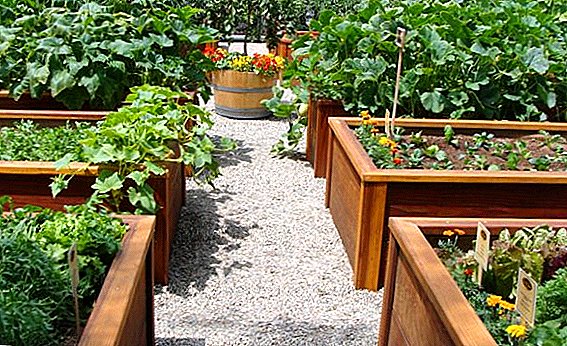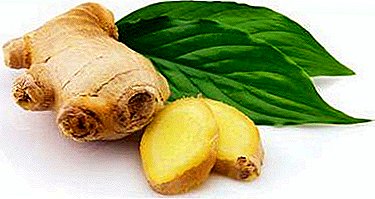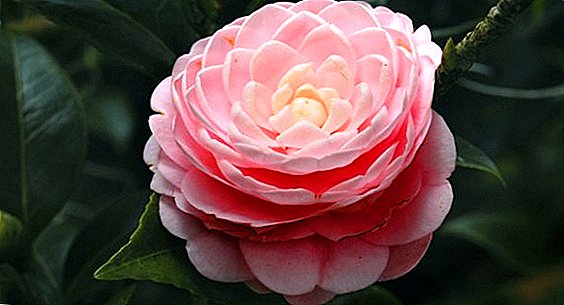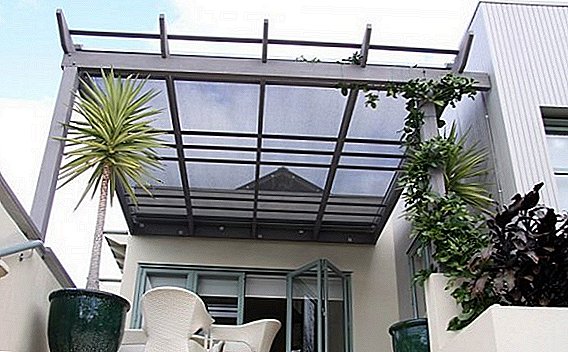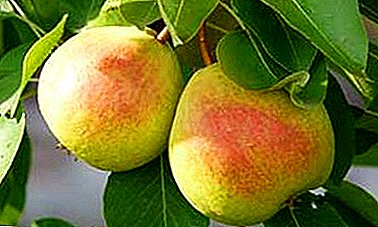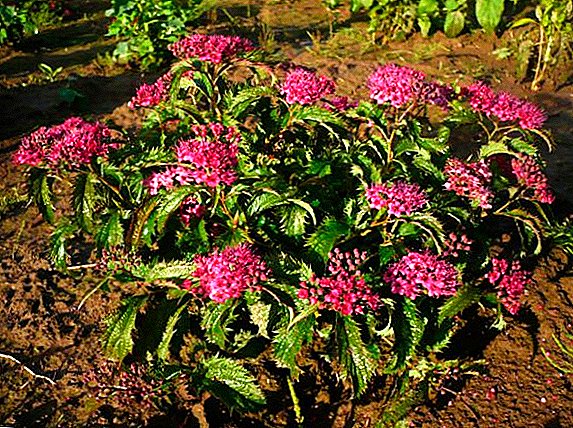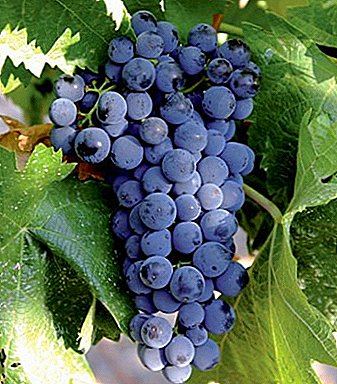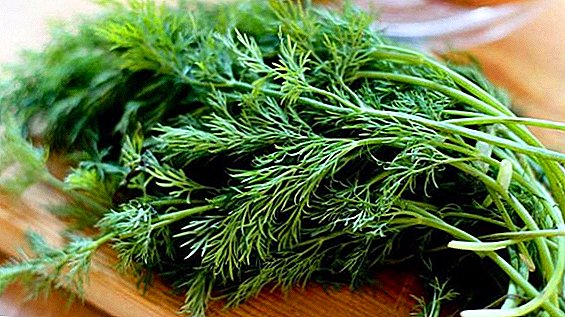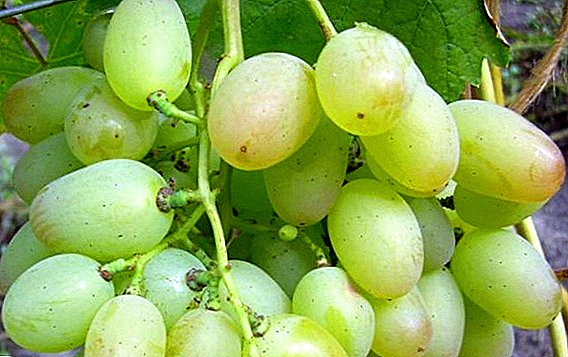 Today we will introduce you to the tropical flower Alokaziya, which has recently appeared among fans of rare domestic plants. Alocasia has a considerable number of species, which will be discussed in this article. You will learn about the main highlight of the flower, some of its interesting features and color variations.
Today we will introduce you to the tropical flower Alokaziya, which has recently appeared among fans of rare domestic plants. Alocasia has a considerable number of species, which will be discussed in this article. You will learn about the main highlight of the flower, some of its interesting features and color variations.
Amazonica
Amazonian Alocasia (Amazonian) - a fairly tall type of plant that reaches a length of 60 cm. The leaves of an elongated shape resemble an elongated heart. The plates are painted in dark green color. 
Amazonica differs from other species in that its streaks are not just painted white and stand out strongly against a plain dark plate. The plates are scratched with thin claws, but these are only secondary wires of white color. The edges of the leaves are wavy, somewhat reminiscent of the leaves of ornamental oak. 
Important! Alocasia in the case of excessive soil moisture begins to "cry" - remove excess moisture through the leaves.
The flower of alokazii resembles a very small immature corn cob, which is covered on one side with a small green "veil". 
Learn how to properly care for alokazii at home.
The Dragon
A very popular type of flower, which is also called dragon scales. The dragon came to us from tropical regions of Indonesia. The height of the aerial part does not differ from other species, varies in the range of 0.6-1 m.
Since the main highlight of this plant is its leaves, most of the variations are not different flower stalk or bud color. The dragon has a standard cob flower. 
The species got its name due to the texture of the leaf, the veins of which create the feeling that someone's scales are in front of you. Dark green plates, unlike Amazonics, have almost black veins and secondary conductors, which emphasize the unusualness of the plant.
The plant is demanding for watering and proper (diffuse) lighting.
Important! All parts of alokaziya are poisonous, and its juice, falling on the skin or mucous membranes, can cause severe allergies.
Calidora
Alokaziya Kalidora differs in the huge sizes of an elevated part. The height of the flower can reach 3 meters, and the leaves can rightly be called "elephant ear", since their length and width fully correspond to the second name. 
This type is suitable for growing in greenhouses or rooms with high ceilings.. The plant is incredibly high, its plates grow up to 1 m in length and up to 60 cm in width. However, it cannot boast any highlight of Calidor, since its appearance, rather, resembles a huge water lily. The whole plant is monochromatic, painted in green.
Important! It is believed that the peduncle of the plant must be removed, because during the development of the flower-cob, the growth of alocasia stops.
Large root
Alocasia large root It is in second place in terms of the size of the green part. The flower differs in height under 2 m, a powerful stalk and wide krone. The leaves reach 70-80 cm in length and 40 cm in width.
In appearance, the green part of the plant resembles the aerial part of the beet, while the plates are painted in a light green color and have wider white veins.
Alokaziya can be not only a decorative, but also a healing plant.
The peduncle covers a blanket that is not small in size (about 18-23 cm), and a large flower cob looks very impressive.
If you will not cut off the peduncle to increase growth, then after flowering you will be able to observe the appearance of large red berries with a diameter of up to 1 cm.
Did you know? Some types of alokazii are used for nutritional purposes, as its tubers contain a lot of starch.
Lo
Alocasia Low it looks similar to Amazonica, as its leaves also resemble an elongated heart, but the color of the plates is more saturated. They are white edging, which emphasizes the unusualness of the plant. The shape of the plates is arrow shaped, and the main vein in the wide part of the leaves is divided into two parts. This is due to the fact that the petiole is fixed in the center of the plate. 
Alocasia Low grows up to 1 m in height, the leaves on the back side are colored purple-violet.
Copper red
Perhaps, the most exotic kind of alokazii is a copper-red variation. From the first impression is breathtaking, as the plant is both incredibly beautiful and frightening. The leaves are painted in unimaginable shades of green, pink, purple and black. In addition, the tissue between the main veins strongly protrude in the front of the plate, which makes the plant spectacular. 
Check out also such exotic pot plants as cyclamen, zamiokulkas, dieffenbachia, lithops, palm, amaryllis, pedilanthus.
Depending on the conditions of detention and the variety, the color may be more varied, saturated or slightly faded. As in the case of Low's Alokaziya, the stalk is attached not at the beginning of the plate, but closer to its middle. Petioles are up to 30 cm long. Alokaziya copper-red has a small height, only 10 cm, with the leaf plates reaching a length of 30 cm and 20 cm in width. 
Peduncles are clustered, have a purple color and reach a length of 5-12 cm. The view is great for growing on a windowsill or a glazed loggia.
Important! The cultural variation of copper-red alokazii does not bear fruit.
Odorous
Alokaziya odorous - herbaceous plant that grows up to 1 m in height. Large leaves have a structure similar to plantain leaves. The whole plant is painted in a monochromatic light green color. Shoots grow up to 1 m in length, heart-shaped plates are mounted on them, having a width of up to 0.8 m. 
The species is characterized by a rare flowering, but if this happens, you will be able to see a sufficiently large flower-cob, covered with a 20-cm leaf.
Did you know? Alocasia is used in Chinese folk medicine. From it are preparing various drugs that help from stomach pain.
Polly
Plant is a kind of alopecia sandertherefore, Polly's alokaziya does not differ in care and does not have any other differences, except for the modified leaves and a limited number of petioles. 
Variation Polly has thick glossy plates of a rich dark green color. As mentioned above, the highlight of the variety is that no more than 6-7 petioles usually appear on a single plant, on which massive leafy plates are attached. The root system is represented by small tubers.
Important! On alokazii the aphid and spider mite most often parasitize.
Regina
A miniature flower up to 10 cm in height, having long petioles, on which huge (up to 30 cm in diameter) leaves are attached. 
The variation is different in shape of the plates. Previous species had an irregular shape, wavy or split edges. Reginula leaves are oval, painted in matte dark green color. Color smooth, without light or dark spots. As is the case with other species, white streaks are clearly visible on the plates. The flower of the ear is painted in pale pink color, has a length of 10 cm.
Important! When creating optimal conditions, this type of alokaziya often blooms.
Sander
Alokaziya Sander has elongated arrow-shaped leaves, the plate of which is devoid of relief. Streaked white wide, at the top of the sheet are divided in two. 
The plant grows up to 50 cm. The plates reach a width of 15 cm and a length of about 35 cm, painted in a dark green glossy color. The leaves have a slightly noticeable white edging. The scape is painted in a dirty green color. Plates are distinguished with pinnate, notched lobes.
This is one of the most popular species, which is grown not only in greenhouses, but also on the windowsill or glazed loggia in private homes. The beautiful plant was loved by many housewives by the fact that it is not necessary to wait for the warm season to see the true beauty of the flower when it comes out and blooming. Alocasia pleases its owners every day, demonstrating the exotic beauty of tropical forests.


